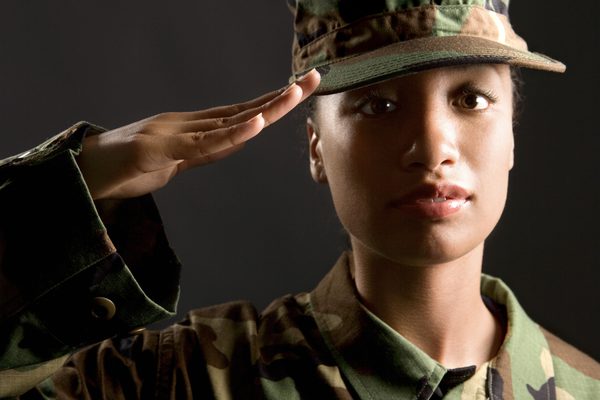In recent times, jobs are no longer classified by gender. Opportunities are equally given to both the male and female members of the society. Women no longer limit themselves at home, but they can now work on jobs that are meant for their male counterparts. Many women are also serving the nation’s line of defense.
In this article, we are going to discuss the timeline on how women’s role in the army has changed over the decades.
American Revolution
In this part of the history, women were already part of the army. However, they were not visible in the line of war. Women were mostly working for the soldiers. They were the cooks, nurses, and laundresses. Alongside serving the soldiers, they also juggled with other responsibilities at home.
Of course, not all women were contented with this role during the American Revolution. They wanted to fight alongside their male counterparts. This desire led Deborah Sampson to disguise herself as a man. Sampson was a part of the Light Infantry and had fought in several battles in New York. She was discharged from the service after she was found out.
World War I
Years after the American Revolution, women were given the chance to officially enlist in the military. However, their jobs remained the same. They served as clerks, telephone operators, and medical staff. Although they were far from the battlefield, there still have been women casualties during the war.
World War II
As the World War II erupted, the number of women enlisting also increased by more than 350,000. Women were no longer doing small jobs. Their roles expanded; they became mechanics, drivers, and soldiers.
Military schools trained women soldiers, pilots, and plane mechanics for the Home Front. These women soldiers were also considered as reserves when the need arises. By doing so, the government was able to send their able male soldiers overseas.
Military schools did not only train women soldiers, but they have also trained the female non-combat military personnel. The military believed that even if these women were away from the battlegrounds, it was not an assurance that the enemies will not attack the Home Front bases.
Post-Vietnam War
During the Post-Vietnam era, gender equality had become a fundamental part of the social changes in the military. The Women’s Rights Party have successfully raised the issue of gender inequality in the workplace, higher education and politics, and suffrage. Military schools have formally accepted female aspirants in the army. They became the stepping stones of women as they slowly took leadership positions in the army.
Women Pilots in 1990s
During the 1990s, women did not only limit themselves to ground combat. Women had served as airplane pilots during the Gulf War. Women pilots had increased during this time. They also had the chance to join the Navy by the end of the year. Though there were issues on this assignments, women prospered well in the field of National Defense.
As of this time, female soldier aspirants continue to grow every year, and the military is no longer strictly a masculine job. By erasing gender inequality on the combat ground, it gives both able men and women a chance to serve their country. The military aims to create a gender-neutral combat ground for everyone.

